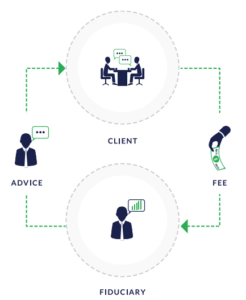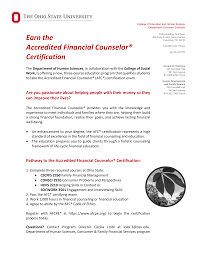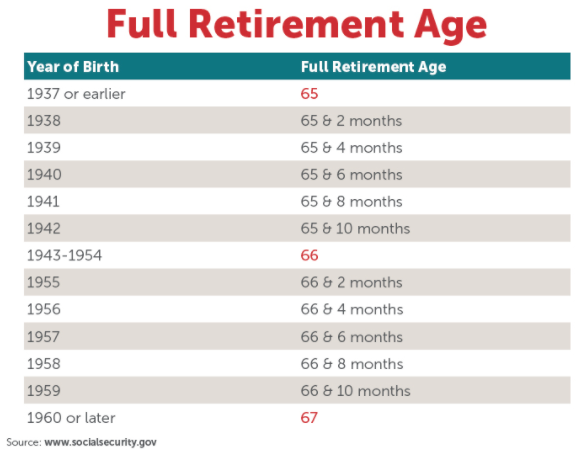
Budgeting young adults is not easy. They need to assess their spending habits and figure out if they're on the right path. They should stay on track if they're on the right path. They should establish spending goals and show more discipline with their finances. Here are some suggestions to help them get going.
For young adults, the 50-30-20 method of budgeting
It can be very helpful for young adults to use the 50/30/20 method of budgeting. It can help you identify your needs and wants and make adjustments accordingly. The goal is for you to have fifty percent of your income set aside for necessary expenses and twenty percent for saving and debt repayments. As your income fluctuates, you can adjust this percentage.

Although this approach can be useful for many, it may not work for all. An average American household spends over half of their income on basic costs, making a 50/20/30 budget unpractical. The method is still applicable to people with lower incomes as it allows them to set aside twenty per cent of their monthly budget for investment goals.
Organizing and prioritizing your expenses
Prioritizing and organizing your expenses is an important first step in budgeting. Decide what is important and what expenses you can reduce. Begin by organizing all your receipts and keeping track of them. It may take some effort, but you will soon get there.
Once you have compiled all your expenses, subtract them from your income and you will be able to calculate how much you actually spend each month. If your expenses exceed your income, you will have extra money that can be saved, spent, or used to fund an emergency fund.
Saving for emergencies
You should always have money in reserve for an emergency. Unexpected circumstances could leave you without work or make it impossible to pay your bills. The emergency fund should cover at least three to six month's worth of living expenses. You can build this emergency fund simply by cutting back on your expenses. Once you set a goal, then you can take the steps to start saving.

An emergency fund should always be separate from your daily expenses. You should have easy access to it without paying any fees. It should provide enough money to cover three to six months' worth of essential living expenses. It can also serve as a holdover fund while you are looking for another job. Discipline is the key. Don't rationalize the purchase of an expensive gift as an emergency, and don't use this fund to buy flash sales.
FAQ
Is it worthwhile to use a wealth manager
A wealth management service can help you make better investments decisions. The service should advise you on the best investments for you. This will give you all the information that you need to make an educated decision.
There are many factors you need to consider before hiring a wealth manger. Do you feel comfortable with the company or person offering the service? Can they react quickly if things go wrong? Are they able to explain in plain English what they are doing?
Do I need to make a payment for Retirement Planning?
No. All of these services are free. We offer FREE consultations so we can show you what's possible, and then you can decide if you'd like to pursue our services.
What are the most effective strategies to increase wealth?
It's important to create an environment where everyone can succeed. It's not a good idea to be forced to find the money. If you don't take care, you'll waste your time trying to find ways to make money rather than creating wealth.
It is also important to avoid going into debt. While it's tempting to borrow money to make ends meet, you need to repay the debt as soon as you can.
If you don't have enough money to cover your living expenses, you're setting yourself up for failure. You will also lose any savings for retirement if you fail.
Therefore, it is essential that you are able to afford enough money to live comfortably before you start accumulating money.
What is risk management in investment administration?
Risk Management is the practice of managing risks by evaluating potential losses and taking appropriate actions to mitigate those losses. It involves the identification, measurement, monitoring, and control of risks.
A key part of any investment strategy is risk mitigation. Risk management has two goals: to minimize the risk of losing investments and maximize the return.
These are the key components of risk management
-
Identifying the risk factors
-
Monitoring the risk and measuring it
-
How to control the risk
-
Managing the risk
How does wealth management work?
Wealth Management allows you to work with a professional to help you set goals, allocate resources and track progress towards reaching them.
In addition to helping you achieve your goals, wealth managers help you plan for the future, so you don't get caught by unexpected events.
They can also prevent costly mistakes.
What does a financial planner do?
A financial planner will help you develop a financial plan. A financial planner can assess your financial situation and recommend ways to improve it.
Financial planners are highly qualified professionals who can help create a sound plan for your finances. They can assist you in determining how much you need to save each week, which investments offer the highest returns, as well as whether it makes sense for you to borrow against your house equity.
Financial planners usually get paid based on how much advice they provide. Certain criteria may be met to receive free services from planners.
Statistics
- If you are working with a private firm owned by an advisor, any advisory fees (generally around 1%) would go to the advisor. (nerdwallet.com)
- According to Indeed, the average salary for a wealth manager in the United States in 2022 was $79,395.6 (investopedia.com)
- According to a 2017 study, the average rate of return for real estate over a roughly 150-year period was around eight percent. (fortunebuilders.com)
- A recent survey of financial advisors finds the median advisory fee (up to $1 million AUM) is just around 1%.1 (investopedia.com)
External Links
How To
How To Invest Your Savings To Make Money
Investing your savings into different types of investments such as stock market, mutual funds, bonds, real estate, commodities, gold, and other assets gives you an opportunity to generate returns on your capital. This is known as investing. It is important to understand that investing does not guarantee a profit but rather increases the chances of earning profits. There are many ways to invest your savings. These include stocks, mutual fund, gold, commodities, realestate, bonds, stocks, and ETFs (Exchange Traded Funds). We will discuss these methods below.
Stock Market
Because you can buy shares of companies that offer products or services similar to your own, the stock market is a popular way to invest your savings. You can also diversify your portfolio and protect yourself against financial loss by buying stocks. If oil prices drop dramatically, for example, you can either sell your shares or buy shares in another company.
Mutual Fund
A mutual fund can be described as a pool of money that is invested in securities by many individuals or institutions. They are professionally managed pools of equity, debt, or hybrid securities. The investment objectives of mutual funds are usually set by their board of Directors.
Gold
Long-term gold preservation has been documented. Gold can also be considered a safe refuge during economic uncertainty. It is also used in certain countries to make currency. The increased demand for gold from investors who want to protect themselves from inflation has caused the prices of gold to rise significantly over recent years. The supply/demand fundamentals of gold determine whether the price will rise or fall.
Real Estate
Real estate can be defined as land or buildings. Real estate is land and buildings that you own. For additional income, you can rent out a portion of your home. You may use the home as collateral for loans. The home may be used as collateral to get loans. You must take into account the following factors when buying any type of real property: condition, age and size.
Commodity
Commodities refer to raw materials like metals and grains as well as agricultural products. As these items increase in value, so make commodity-related investments. Investors who want to capitalize on this trend need to learn how to analyze charts and graphs, identify trends, and determine the best entry point for their portfolios.
Bonds
BONDS are loans between corporations and governments. A bond is a loan that both parties agree to repay at a specified date. In exchange for interest payments, the principal is paid back. As interest rates fall, bond prices increase and vice versa. A bond is bought by an investor to earn interest and wait for the borrower's repayment of the principal.
Stocks
STOCKS INVOLVE SHARES OF OWNERSHIP IN A CORPORATION. A share represents a fractional ownership of a business. If you have 100 shares of XYZ Corp. you are a shareholder and can vote on company matters. When the company is profitable, you will also be entitled to dividends. Dividends, which are cash distributions to shareholders, are cash dividends.
ETFs
An Exchange Traded Fund or ETF is a security, which tracks an index that includes stocks, bonds and currencies as well as commodities and other asset types. Unlike traditional mutual funds, ETFs trade like stocks on public exchanges. The iShares Core S&P 500 Exchange Tradeable Fund (NYSEARCA : SPY) tracks the performance of Standard & Poor’s 500 Index. Your portfolio will automatically reflect the performance S&P 500 if SPY shares are purchased.
Venture Capital
Venture capital is the private capital venture capitalists provide for entrepreneurs to start new businesses. Venture capitalists provide financing to startups with little or no revenue and a high risk of failure. They invest in early stage companies, such those just starting out, and are often very profitable.